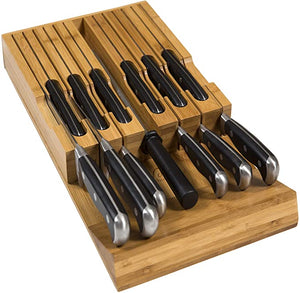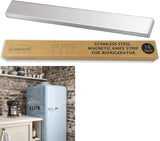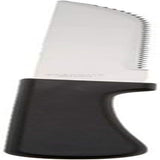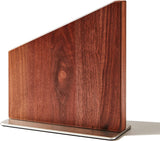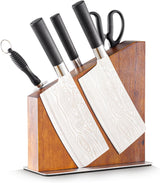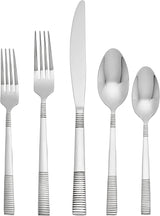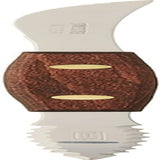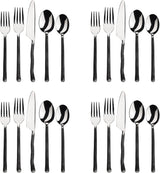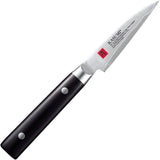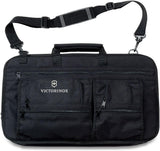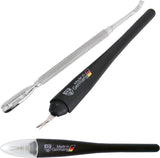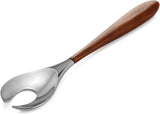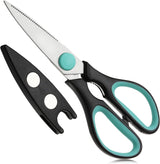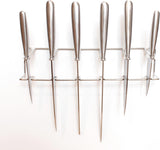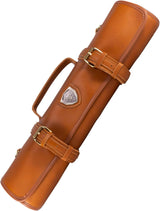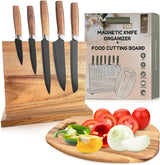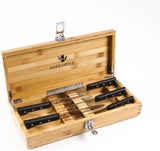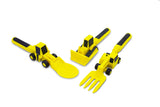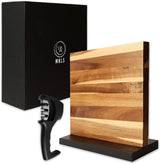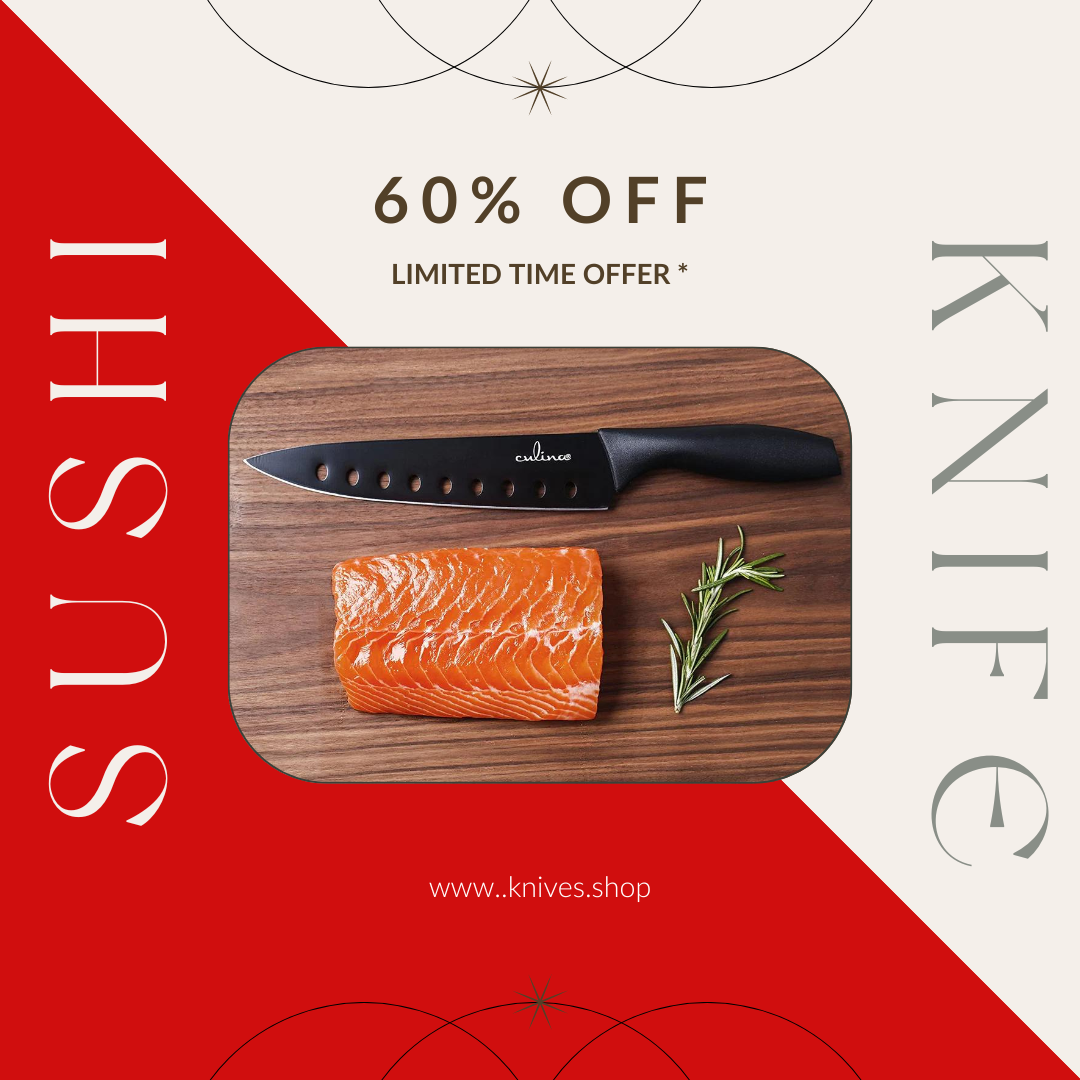For every kitchen professional, a sharp fillet knife is an indispensable tool. Whether you're preparing to fillet delicate fish or precision-cut other proteins, keeping your knife razor-sharp is a must. Among the various sharpening tools, a high-quality knife steel stands out for its accuracy and utility. In this guide, we will comprehensively cover how to sharpen a fillet knife with a steel, offering practical insights for professionals who demand precision.
Before we delve into the methods, lets understand the importance of keeping your fillet knife sharp. A dull blade not only compromises performance but can also be a safety hazard, as it requires extra pressure that can lead to accidents.

Understanding Knife Steel: What Makes It Essential?
Knife steel, often referred to as a honing rod, is a cylindrical tool used to realign the edge of the blade rather than shaving off metal to create a new edge. This makes it a perfect tool for maintaining the sharpness of your fillet knife on a daily basis.
There are different types of knife steels, including ceramic, diamond-coated, and stainless steel. For fillet knives, which often feature thinner, more flexible blades, a ceramic or stainless steel honing rod works best.
Why Use Knife Steel for Fillet Knives?
Fillet knives are designed for precision slicing, often requiring a razor-thin edge. Regular maintenance with knife steel helps maintain the blade's integrity and extends its lifespan. Unlike abrasive sharpening stones or electric sharpeners, knife steel simply hones the blade, preserving it for a longer duration.
Step-by-Step Guide on Using Knife Steel
Step 1: Choose the Right Steel
Not all knife steels are created equal, and choosing the correct one depends on the type and hardness of the blade. According to kitchen knife guides, fillet knives usually pair well with medium-grit ceramic or steel rods. Ensure your honing rod matches or exceeds the blade's length for optimal control.
Step 2: Secure Your Knife and Steel
Hold the knife steel vertically at an angle, placing the tip on a solid surface to prevent slipping. Grip your fillet knife firmly to maintain control during the process.
Step 3: Find the Correct Angle
The angle at which you hone your blade is critical. For most fillet knives, a 15 to 20-degree angle is ideal. Maintaining this angle consistently ensures your blade remains sharp and effective.
Step 4: Swipe Consistently
Using a light but controlled touch, draw the blade down the steel from heel to tip. Repeat on the other side, maintaining a consistent number of strokes on each side. This process should realign the edge to its optimal sharpness.
Step 5: Test the Sharpness
After honing, test the sharpness of your knife using a piece of paper or a soft ingredient. A sharp fillet knife should glide through seamlessly without tearing or requiring extra force.
Common Mistakes to Avoid
Even experienced professionals can make mistakes when honing a knife. Here are some pitfalls to avoid:
- Using too much pressure: This can damage both the blade and the steel rod.
- Not maintaining a consistent angle: Inconsistency can reduce the effectiveness of the honing process.
- Skipping regular maintenance: Honing is a preventative measure and should be done frequently to keep the blade in top condition.
Caring for Your Fillet Knife Post-Sharpening
Proper care goes a long way toward ensuring the longevity of your fillet knife. Rinse it thoroughly after honing and dry it with a soft cloth to prevent rusting. Store it safely using a blade guard or a magnetic knife strip. For more detailed tips, check this knife care guide.
When to Opt for a Sharpener
If honing with knife steel doesnt restore the sharpness of your blade, it might be time for a more abrasive sharpening method. Check out our detailed guide on how to sharpen electric fillet knife blades for additional options.
The Right Tools for Kitchen Pros
Equipping yourself with the right tools ensures efficiency and precision in the kitchen. If youre in the market for professional-grade knives, consider trusted brands like Paudin and Cangshan. Learn more about them in our articles on Paudin knives and Cangshan knife sets, tailored for professional chefs.
FAQs
How often should I hone my fillet knife?
Ideally, you should hone your fillet knife after every use. This keeps the blade sharp and reduces the need for frequent sharpening.
What type of knife steel is best for a fillet knife?
A medium-grit ceramic or stainless steel honing rod works best for most fillet knives. Choose a rod longer than your blade for maximum control.
Can I use a sharpening stone instead of a steel rod?
Yes, but keep in mind that sharpening stones are more abrasive and remove material from the blade. Knife steel is better for maintaining blade alignment.
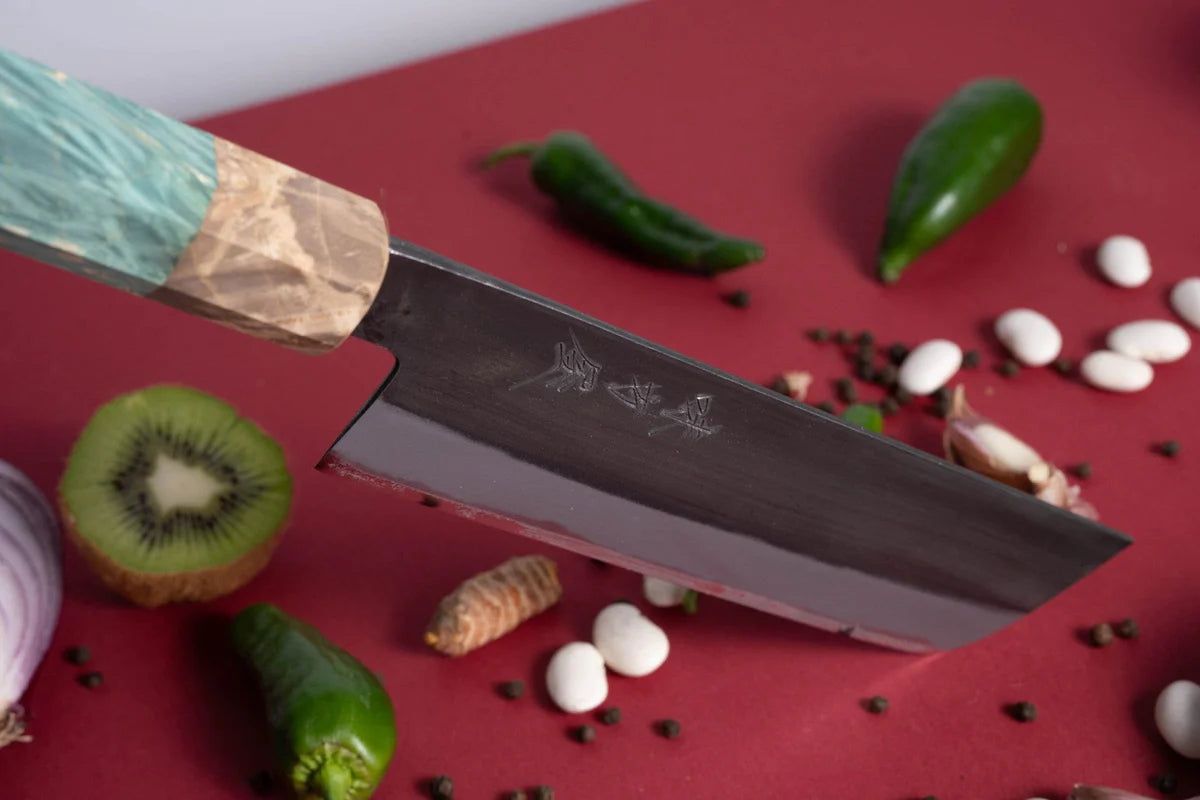
Conclusion
Mastering how to sharpen a fillet knife with a steel is a skill every kitchen professional should have. By understanding the tools, following proper technique, and avoiding common mistakes, you can maintain your blade's sharpness and precision for years to come. For top-tier knives and expert advice, check out more resources like the Allrecipes knife sharpening guide. Now youre all set for the next culinary challenge!
This article contains affiliate links. We may earn a commission at no extra cost to you.
